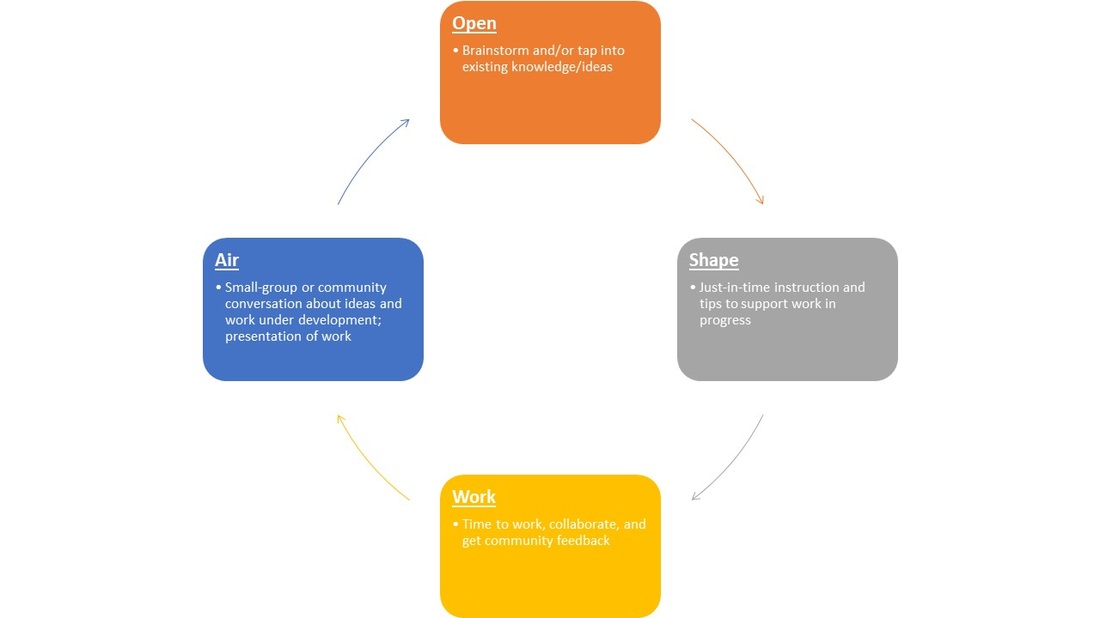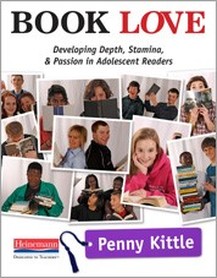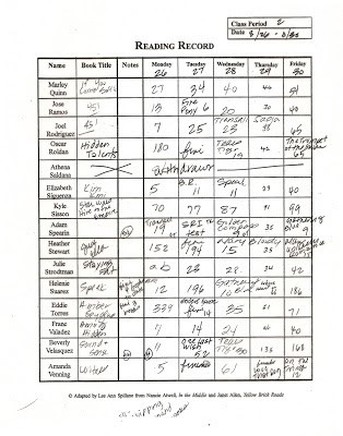The Common Core Standards are rigorous in terms of their expectations for developing student writers. Meeting such demands as “producing clear and coherent writing in which the development, organization, and style are appropriate to the task, audience, and purpose” or “writing narratives, informational/explanatory texts or arguments” are tall ones, but certainly appropriate as we strive to prepare students for success in life. Teacher commitment must be high in order for students to meet these expectations and one of the best ways to support students in their journey is through the use of conferring.
As an elementary teacher, I had many opportunities to engage in conferences with students across contents and disciplines. In spite of the challenges this practice presents, I found it to be one of the most powerful acts of teaching and learning in which I could engage. In his seminal text, How’s it going? A practical guide to conferring with student writers, Carl Anderson (2000) reminds us that conferences are conversations and that these conversations are central to building relationships with students. He further reminds us of the importance of these relationships in the life of student learning:
The reason that many students are willing to take on the difficult challenge of outgrowing themselves as writers is not because we ask just the right question about their writing work, or because our feedback is right on the mark, or because we teach them brilliantly. In the end, the success of a conference often rests on the extent to which students sense that we are genuinely interested in them as writers – and as individuals (p. 23).
True as this statement is, conferring is not easy. Moving about my classroom with my small stool equipped with the words and inspiration of writing teachers Katie Wood Ray and Carl Anderson, I conferred with students. This pattern was one I repeated across contents in my classroom, but no area did the practice have the powerful impact that it did in writing. My proverbial toolbox was full, including my conferring clipboard, good intentions, awareness of students’ interests, needs, and passions, and a whole lot advice ready for the offering. For years this was my pattern and by many standards, it was effective. Yet, there were always lingering questions: Am I doing this right? Was that just right or too much? Did I work to help the writer grow or did I only seek to improve the writing? What question might have been better? I struggled in balancing the needs of the writer in the short term with her needs in the long term. Looking back, I realize that I was the holder of the vision – the holder of the picture of where the student writer should go. Furthermore, I often worked to determine the journey or path that needed to be taken to reach that vision rather than allowing for student vision and ownership to pave the way.
As the cliché goes, “Hindsight is twenty-twenty.” It is through becoming an instructional coach that I have come to realize how directive my conferring was and how I might have engaged my students in a different sort of conference – one that would have given them control in their own process of learning. For me this understanding has come through participating in the Cognitive CoachingSM seminar. A metaphor in Cognitive Coachingsm is important in understanding the role of coach – that metaphor is that of the stagecoach. A stagecoach was once used to help people get from where they were to where they wanted to be. Of course this makes sense in working with teachers, rather than forcing a preconceived agenda, the structure of Cognitive CoachingSM provides a way for teachers to identify where they are wanting to go and the coach supports them in identifying and determining a path for getting there (Costa & Garmston, 2006) .
The more I progressed with Cognitive CoachingSM, the more I came to understand the degree to which the conversation techniques I was learning would be helpful in conferring with students. As I contemplate a skill that would have helped me tremendously when I was engaged in conferring with learners so frequently, I am drawn to the power of the paraphrase. Inevitably when I share with people my belief in the power of a paraphrase, I am met with sighs, casual acknowledgements, or the occasional – “I hate it when people do that.” And I have to admit that these same thoughts crossed my mind before I learned more about the paraphrase. In my case, the immediate association I had with paraphrasing was the use of, “What I hear you saying is . . . “ and to be honest this was a phrase that I hated to hear coming out of someone else’s mouth – I never felt like what they heard was what I was trying to say.
Paraphrasing is an intentional behavior that is selected in order to really listen and hear the words of another. So, use of the phrase “What I hear you saying . . . “ works against the stance of really listening to the other person. When I say, “What I hear you saying . . .” the emphasis is on me. Specifically, the focus is on what I am hearing rather than what you are saying. So, this phrase so often associated with paraphrasing is the hallmark of poor paraphrasing.
This bears the question, how does one paraphrase effectively and how might this help students? The answer is deceptively simple – paraphrasing give us a tool to have better conversations. Better conversations with everyone and certainly better conversations with students who can use them as important leverage points in their learning.
In the realm of Cognitive CoachingSM three broad categories of paraphrases are identified: acknowledge and clarify, summarize and organize, and shift level of abstraction.
- Acknowledge and clarify – This is perhaps this most commonly known form of paraphrase. In this type of paraphrase, the listener simply restates the essence of what has been stated (Garmston &Wellman, 2013). The point of the paraphrase is to reflect the speaker’s content and/or emotion. In the context of a writing conference, a teacher may say something like:
- “You’re working on your short story and you are trying to figure out the best way to reveal what the character is feeling.”
- “You’re feeling stuck as a writer and even though you have several ideas, you are not sure of the best place to start.”
- “You’ve been studying Julius Lester’s use of verbs in John Henry and you are thinking about how to apply that in your own writing.”
- Summarize and organize – Like the first type of paraphrase, this one offers a summary, but what the speaker has said is organized into categories or containers (Garmston & Wellman, 2013). The point of the paraphrase is to organize the comments into manageable bits. In the context of a writing conference, a teacher might say something like:
- There are two things that you are trying to do: reveal the character’s emotion and use strong verbs.
- There are three things you would like to accomplish as a writer this semester: write a short story (for the first time), prepare of piece of writing to be published in the school literary magazine, and work daily in your writer’s notebook.
- On the one hand, you could narrow the focus of your story to the moment you and your friend had the bicycle collision, on the other hand you might expand the scope of your story to explore your relationship with your best friend.
- Shift level abstraction – This sort of paraphrase has two functions: to shift the speaker’s thinking to a lower level of abstraction (sort of like zooming in to see the details) or to a higher level of abstraction (sort of like use the wide angle lens to see the big pictures) (Garmston & Wellman, 2013). Shifting to a lower level of abstraction helps the speaker get to the literal and more detail oriented aspects of situation, shifting to a higher level of abstraction helps the speaker get to a place of values and ideas. In the context of a writing conference, a teacher might say something like:
- So, as you think about the cruelty of zoos, you are thinking about the limited space animals have and the lack of socialization.
- In hearing your story, it seems like perseverance is an important idea that you want to convey.
- You are using colors, tastes, and smells to reveal the coming of fall in your poem.
Anderson, C. (2000). How's it going? A practical guide to conferring with student writers. Portsmouth, NH: Heinemann.
Costa, A. L. & Garmston, R. J. (2006). Cognitive Coaching: A foundation for renaissance schools. Heatherton: Hawker Brownlow Education.
Garmston, R. J. & Wellman, B. M. (2013). The Adaptive School: A sourcebook for developing collaborative groups. Lanham, Maryland: Rowman and Littlefield Publishers.
Ray, K. W. & Laminack, L. L. (2001). The writing workshop: Working through the hard parts (and they're all hard parts). Urbana, Ill: National Council of Teachers of English.



 RSS Feed
RSS Feed
